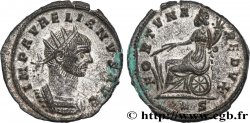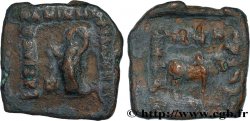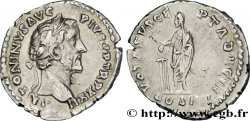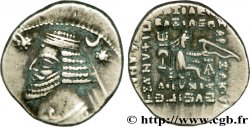brm_730060 - AURÉLIEN Antoninien
35.00 €
Количество
Добавить в корзину

Тип Antoninien
Дата: automne 272 - automne 273
Монетный двор / Город: Atelier indéterminé
Металл: billon
Проба: 50 ‰
Диаметр: 22 mm
Ориентация осей монеты: 11 h.
Вес: 3,23 g.
Officine: 3e
Комментарии о состоянии
Monnaie centrée, joli revers. Patine verte
Ссылки в каталоге: :
Лицевая сторона
Аверс: легенда: IMP AVRELIANVS AVG.
Аверс: описание: Buste d’Aurélien, tête radiée, à droite, avec cuirasse, vu de trois quarts en avant (B).
Аверс: перевод: “Imperator Aurelianus Augustus”, (Empereur Aurélien Auguste).
Обратная сторона
Реверс: легенда: VIRT. MILIT-VM// .
Реверс: Описание: Un soldat, debout à droite, tenant une haste de la main droite et un globe de la gauche ; en face, Aurélien en habit militaire, debout à gauche, tenant une haste transversale de la main gauche et tendant un globe nicéphore de la droite.
Реверс: легенда: G
Реверс: перевод: “Virtus Militum”, (La Vertu des Armées).







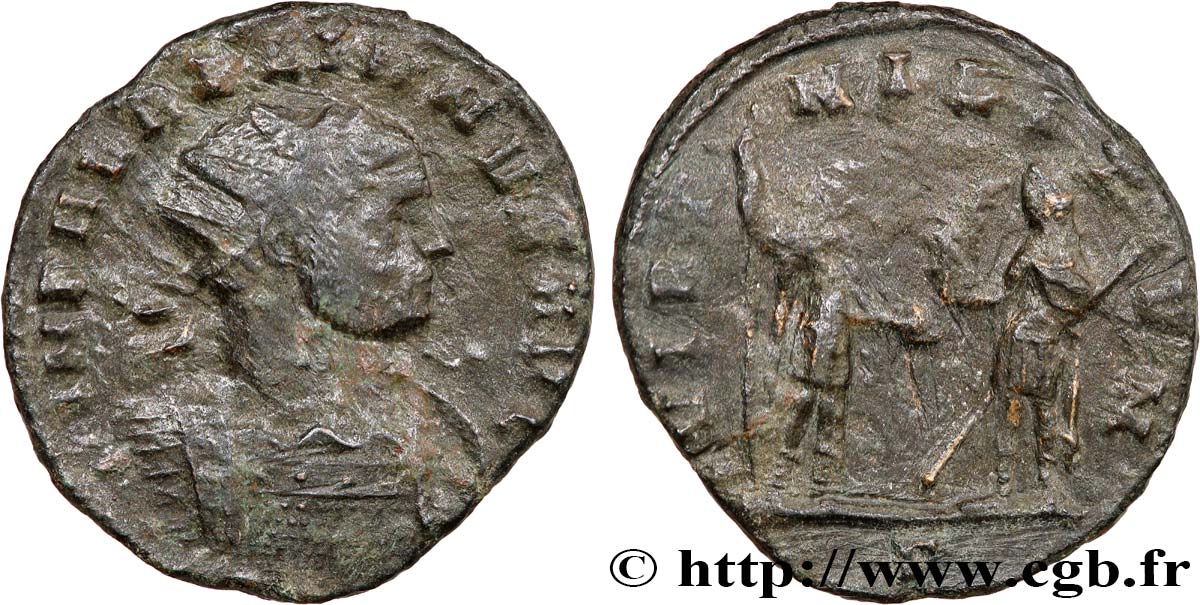
 Cообщить об ошибке
Cообщить об ошибке Распечатать страницу
Распечатать страницу Отправить мой выбор
Отправить мой выбор Задать вопрос
Задать вопрос Consign / sell
Consign / sell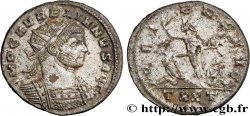
 Информация
Информация

